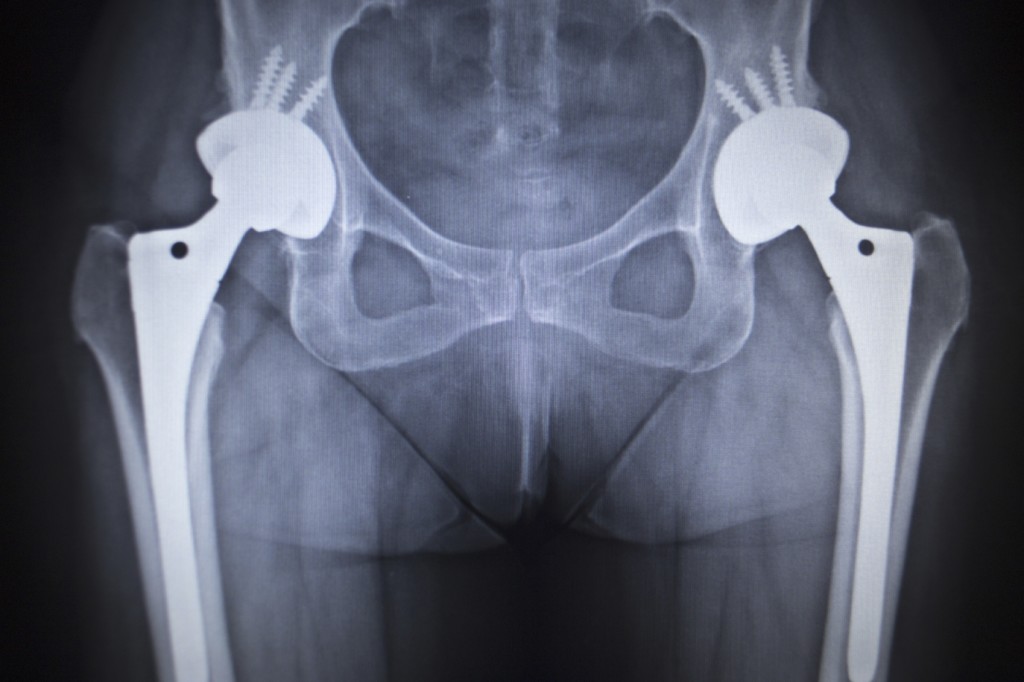Having previously discussed how to properly recover from knee replacement surgery, we now focus on how to have a great recovery from hip replacement. Being able to return to your everyday activities and usual lifestyle takes some time, and it’s impossible to tell how long, although there are a few things you can do to hasten the recovery process. Eventually you’ll be able to resume normal activities, but you might find that the way you do them changes, as you need to keep your new hip protected.
Before Being Discharged After surgery you’ll be able to start walking soon – this is usually after resting until you no longer feel the effects of the anaesthesia. You’ll probably feel some discomfort in your hip, and it’s normal for your legs and feet to become swollen. Still, you’ll be taught how to strengthen your new hip and the doctor will also tell you what you can and can’t do when you get home. For example, you shouldn’t bend your leg more than 90o at first, nor should you twist your hip, so that you can have a speedy and successful recovery. At Home Once you leave the hospital, which tends to happen 1 to 4 days after surgery, you’ll be on your own, but armed with the doctor’s advice. Physical therapy might be necessary and, in the first few days, and even weeks, the muscles and tissue will be sore, as they’ll take time to heal. You’ll also find that you’ll need to walk with the help of an assistive device, such as canes or crutches, for a while but, if everything goes well, you’ll be able to leave those behind in due time. As for the amount of walking you can do, it’s probably best if you avoid large staircases until you’re more comfortable, for instance, as it might be difficult to climb all the steps. The same goes for long distances, although you should keep walking in order to strengthen your muscles and help the new hip heal in place.
Keep Going As time goes by, you need to keep an eye on signs of infection, like persistent fevers or increasing redness and tenderness in the area. You should keep walking longer and longer distances until you no longer need the help of the cane or crutches, even if it hurts, because exercise is essential to a great recovery – if you don’t exercise your leg, it will take longer to heal and, in some cases, it might not even heal properly. You’ll need to be extra careful not to fall as well, as that can undo all the work you’ve accomplished so far. Returning to work and to the normal everyday life you led will happen little by little, but if you follow your doctor’s advice you’ll be there in no time. Although swelling of the leg is common following hit replacement surgery, it could signify a blood clot (deep vein thrombosis). Seek medical advice if you notice your swelling worsening or if your develop pain in your calf or chest. Clots on the leg can travel to the lungs (pulmonary embolism) and be very dangerous to your health. Luckily this is rare and you will be provided with medication on discharge to minimise this risk. If you have questions about this process and would like to know more about what it entails, contact us on 07943 947 639.




